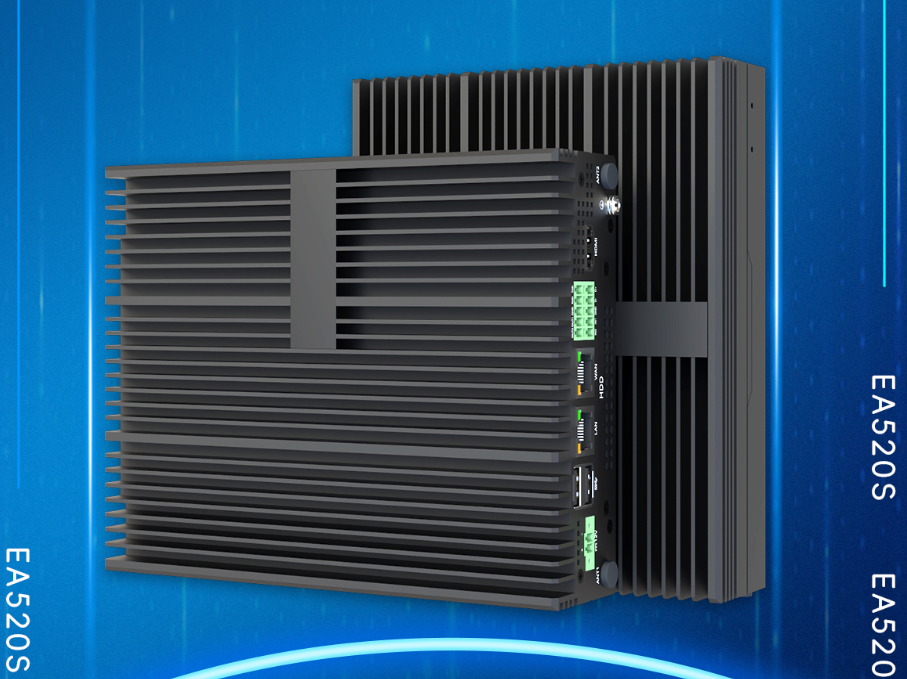The emergence of the Internet of Things (IoT) has led to an explosive growth in the amount of data generated at the network edge. Border gateways, which serve as the link between local networks and cloud servers, are becoming increasingly important in managing this data flow. The integration of artificial intelligence (AI) with edge gateways is a trend that is shaping the future of data analytics.
Border gateways: data traffic controllers
Gateways de borda are critical components of IoT ecosystems. They collect data from various IoT devices and pre-process it before sending it to the cloud. This reduces the amount of data that needs to be transmitted, which saves bandwidth and reduces latency. However, the traditional role of edge gateways is changing with the introduction of artificial intelligence.
AI and border gateways: a powerful combination
The integration of artificial intelligence into border gateways is a game changer. It enables real-time data analysis at the edge, which speeds up decision-making and improves efficiency. For example, in a factory, a peripheral gateway with artificial intelligence can analyse real-time sensor data and predict equipment failures before they occur, thereby reducing downtime and maintenance costs.
The Future of Artificial Intelligence Edge Gateways
The future of peripheral gateways with artificial intelligence is promising. As AI algorithms become more sophisticated, the range of applications for AI edge gateways will expand. For example, in healthcare, AI-enabled border gateways can analyse real-time data from handheld devices to alert users and healthcare professionals of potential health issues.
In addition, the advent of 5G technology will further enhance the capabilities of AI-enabled edge gateways. The high-speed, low-latency connectivity that 5G provides will enable more sophisticated AI algorithms to run on edge gateways, opening up new opportunities for real-time AI-based decision-making.
Challenges and opportunities
Despite the potential benefits, the integration of AI and border gateways is not without challenges. Ensuring data privacy and security is key, especially when sensitive data is involved. In addition, edge gateways must have sufficient processing power to run complex AI algorithms.
However, these challenges also present new opportunities. The need for powerful, secure, and efficient peripheral gateways can drive innovation in hardware design. In addition, the demand for specialised AI expertise could lead to job growth in the technology sector.
Conclusão
Integration of AI and peripheral gateways represents an important trend in data analytics. With the ability to make real-time decisions based on AI at the edge, this combination has the potential to revolutionise industries ranging from manufacturing to healthcare. If we look to the future, the trend of combining edge gateways and AI-driven data analytics will continue, driving innovation and creating new opportunities.